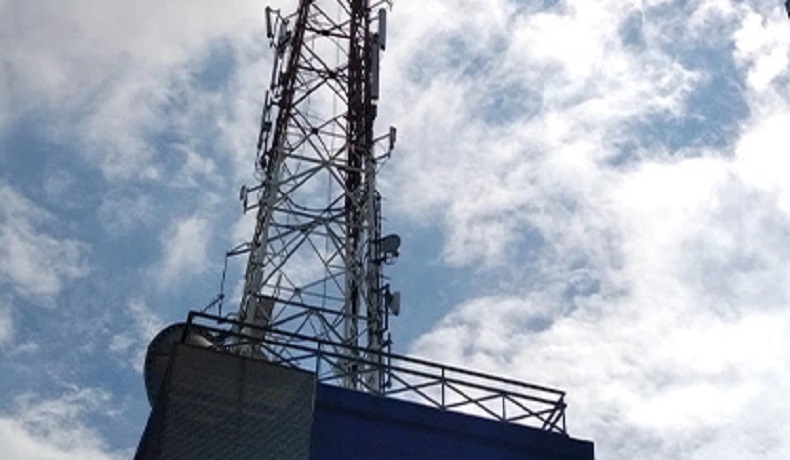A camouflage telecom tower, commonly referred to as a "bionic tree" or "beautification tree", is a type of communication transmission tower. Through a clever design that mimics nature, it seamlessly blends technology with the natural environment, making the telecom tower harmonize with its surroundings. The structure is intricately designed and realistic, with an elegant and aesthetically pleasing appearance. The camouflage telecom tower mimics a naturally growing pine tree, and is installed in scenic areas, parks, squares, or forests where it blends with similar types of trees. It closely resembles nature and integrates into the environment, exuding a vibrant, modern atmosphere. The tower's presence is so subtle that it is virtually undetectable, making it more harmonious with the surrounding natural landscape.
From an aesthetic standpoint, the camouflaged tower sheds the cold, metallic image typically associated with traditional telecom towers. It takes inspiration from natural trees, with lifelike details such as the color and texture of the bark, as well as the shape of the branches and leaves. Walking down a city street or country lane, if one is not informed beforehand, it is difficult to distinguish these towers from real trees. This high level of realism makes the telecom tower a subtle and seamless addition to the landscape, rather than a jarring eyesore. It becomes a unique and visually appealing feature of the environment.
The camouflage telecom tower fosters greater harmony between urban and natural landscapes. In cities, it can blend with the plants in parks and green spaces; in rural areas, it can complement the trees in fields and forests. It avoids the visual disruption that traditional telecom towers might cause, making the overall environment more coordinated and aesthetically pleasing.
The bionic tree-type aesthetic telecom tower is a fusion of technology and art. It not only provides solid support for modern communication but also enhances our living environment with its unique beauty.
Scenic Areas and Nature Reserves: In natural environments, such as scenic areas and nature reserves, the construction of traditional telecom towers may damage the ecosystem. The camouflage telecom tower, with its realistic appearance, can blend well with the natural surroundings while providing necessary communication services.
Municipal and Public Facility Surroundings: Camouflaged tower is commonly used around municipal and public facilities, such as bus stations and airports, where strong communication coverage is needed to support high volumes of telecom demand.
Long-Distance Communication and Monitoring: In applications requiring long-distance communication and monitoring, such as wide-area surveillance or environmental monitoring, camouflaged tower can support cameras and other sensors, providing a stable structural foundation.
The Junjiang camouflage telecom tower is widely used in urban, forest, and park areas where aesthetic requirements are high, and is especially suitable for locations where telecom towers need to be hidden or where environmental interference should be minimized. Its unique design not only meets the functional needs of communication network construction but also offers new solutions for ecological conservation and urban landscape optimization.
